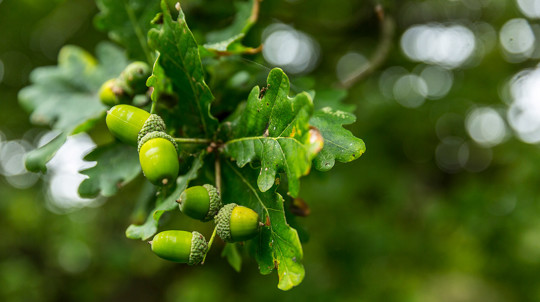Brumby Wood
NORTH LINCOLNSHIRE COUNCIL WOOD
Overview
Parking available in Central Park car park, off Kingsway, Ridge Walk, off Kingsway, or Brumby Wood Lane, near Quibell Park. This site is accessible to all abilities. Volunteering opportunities are available.
The site boasts a mixed woodland where you can find a rich variety of flowers through spring and summer. Look for the anemones, violets and celandine early in the year; bluebells, wood avens, yellow archangel, campion, and wild garlic mid to late spring; and in the summer: giant bellflower, lords and ladies, enchanter's nightshade, wood sage and ground ivy. To the left of Ridge Walk car park is the meadow which hosts a plethora of flowers throughout the year. In the meadow, look for cowslips, ox eye daisy, meadow crane's-bill, common knapweed, adder's-tongue and selfheal amidst the many flowers present. This provides a valuable source of food for invertebrates,birds, and bats, as well as cover for birds and mammals.
Wildlife
Mammals you might spot on your visit include rabbits, squirrels, pipistrelle and brown long-eared bats (at dawn and dusk), fox, vole and roe deer. If you put your eyes to the skies you might spot some of the many birds that live and visit the reserve: great spotted and green woodpecker, tawny owl, chiffchaff, kestrel, robin, nuthatch and song thrush to name a few.
History
The wood is classed as an ancient semi-natural woodland, one of the few remaining ancient woodlands in the area. An ancient woodland is one which has had trees continuously since 1600 or earlier. If you venture to the boundary between these woods and Quibell Park, you will find a row of veteran Oak trees which are thought to be around 500 years old. Brumby was mentioned in the Domesday Book. A manor house has stood at Brumby Hall (found next to Central Park) since at least the 1390s. The present hall, a Listed Building, dates from the 17th century and was once described as 'the Hall I' the wood'.Industry
We know that people have been in this area for well over 5000 years, with discoveries of flint points and scrapers from Neolithic times and from the early Bronze Age. Woodlands such as this one would have provided charcoal for early iron-making since at least the Roman era: Iron Age and Romano-British pottery have been discovered in this area. The use of 'Warrens' in Scunthorpe is a main part of its industrial heritage alongside iron-making. The earliest documented reference in Scunthorpe of 'Warrens' used to breed rabbits was at Brumby Warren in 1616. Breeding colonies were used during the Medieval period. By the late 18th century they were breeding rabbits mainly for their fur to trim clothing and hats.




